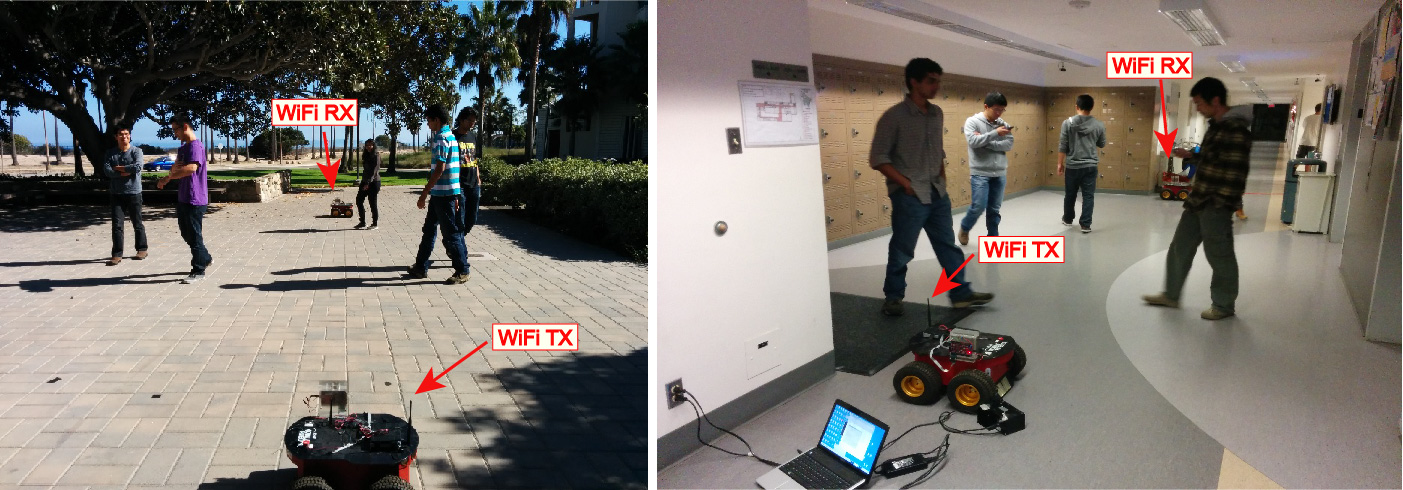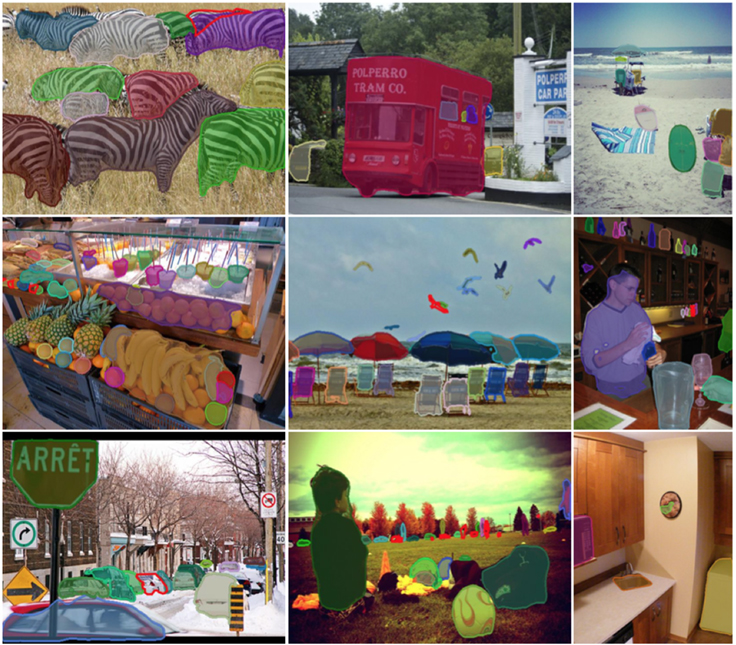
Today, WiFi signals are almost everywhere, and researchers from the University of California, Santa Barbara (UCSB) want to utilize those signals to do more than provide Internet access. The researchers have discovered a way to use WiFi to count the number of people in a given area, even when they’re not carrying a WiFi-enabled device.
“Our approach can estimate the number of people walking in an area, based on only the received power measurements of a WiFi link,” said Yasamin Mostofi, professor of electrical and computer engineering at UCSB.
(Related: Yasamin Mostofi’s other project: Seeing people through walls with WiFi)
According to her, potential use cases for their findings could range from energy efficiency applications to emergency response.
“There are several potential applications that can benefit from an estimation of how crowded an area is,” the researchers wrote on the project’s website. “For instance, heating and cooling of a building can be better optimized based on learning the concentration of the people over the building. Emergency evacuation can also benefit from an estimation of the level of occupancy. Finally, stores can benefit from counting the number of shoppers for better business planning.”
The researchers accomplished this by placing two WiFi cards at opposite ends of an area and using power measurements between them to estimate the number of people.
“Given that WiFi networks are available in many buildings, we envision that they can provide a new way for occupancy estimation, in addition to cameras and other sensing mechanisms. In particular, its potential for counting behind walls can be a nice complement to existing vision-based methods,” the researchers wrote.
Currently, the researchers have been able to count up to nine people indoors and outdoors. But some limitations include losing track of people when they cross the line of sight between the WiFi cards, and multi-path fading when a person is not in the direct line of sight. The researchers were able to estimate the number of people walking by creating a probabilistic mathematical framework based on those problems.
“This is about counting walking people, which is very challenging,” said Mostofi. “Counting this many people in such a small area with only WiFi power measurements of one link is a hard problem, and the main motivation for this work.”






